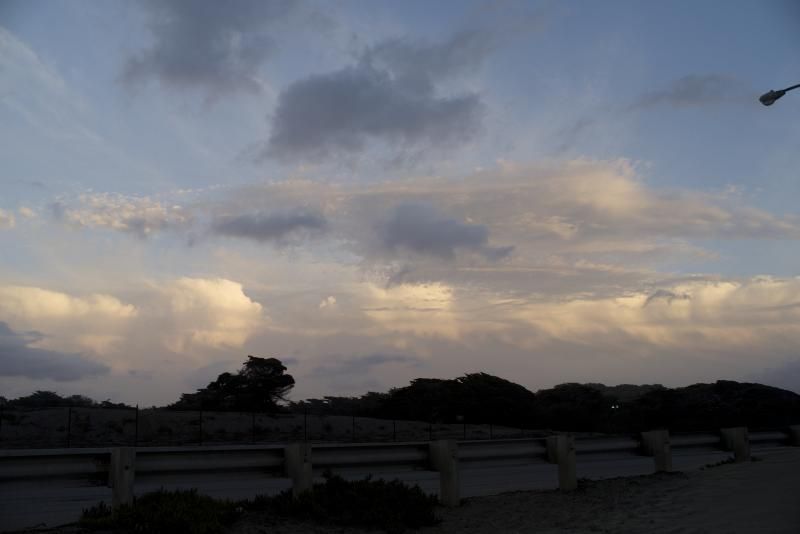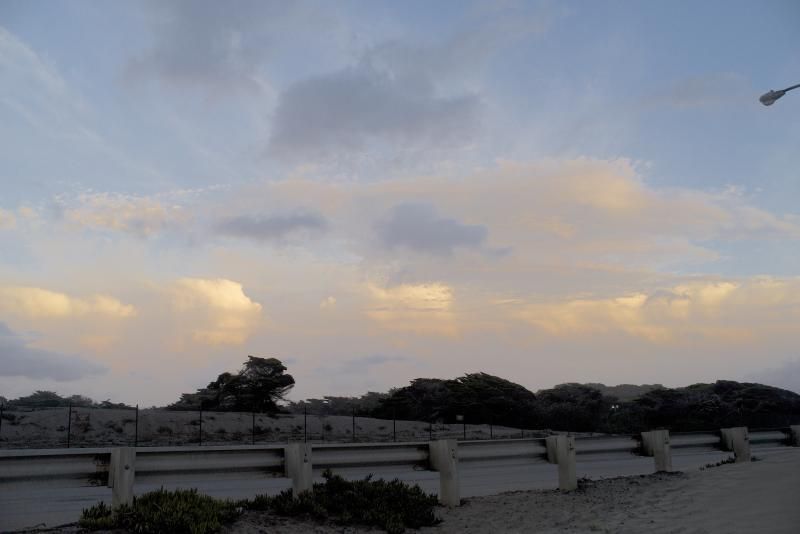Yeah even thought I only got to do film myself a tiny bit (I wasn't even a photo student) I still think it's kind of sad that it's going away. There still were students doing film work, but I have a feeling that's going to be less and less at a lot of places. It's just a really cool process by itself. I was successful at putting the film in the canisters in the dark though when I did it 
Digital is nice though because it does allow learning to be very quick if you apply yourself. If you really get yourself out there you can learn through shooting and seeing results and what is happening. I know a pro grade DSLR looks daunting, but I'm trying to convince my GF that it's fun and I can teach her if she'll let me.
Oh yeah those twin lens cameras are sweet. I kind of want one just to have because some of them look so bad-***. One with a ground glass viewfinder.
Digital is nice though because it does allow learning to be very quick if you apply yourself. If you really get yourself out there you can learn through shooting and seeing results and what is happening. I know a pro grade DSLR looks daunting, but I'm trying to convince my GF that it's fun and I can teach her if she'll let me.
Oh yeah those twin lens cameras are sweet. I kind of want one just to have because some of them look so bad-***. One with a ground glass viewfinder.



